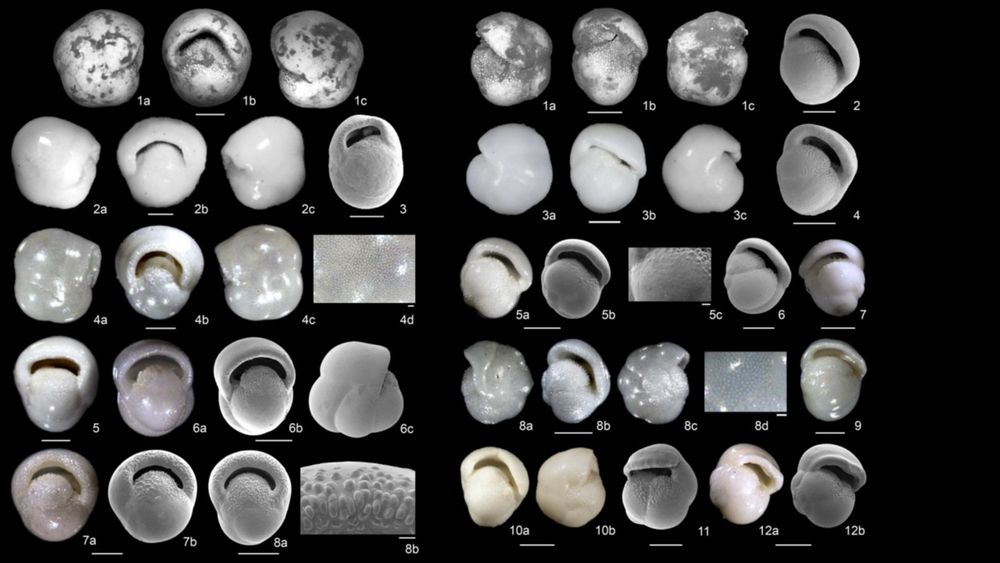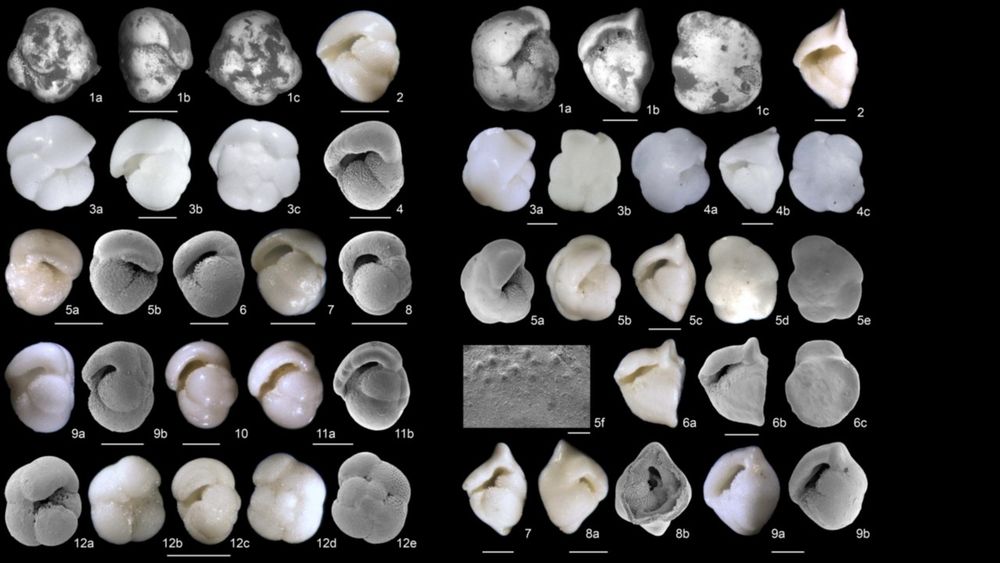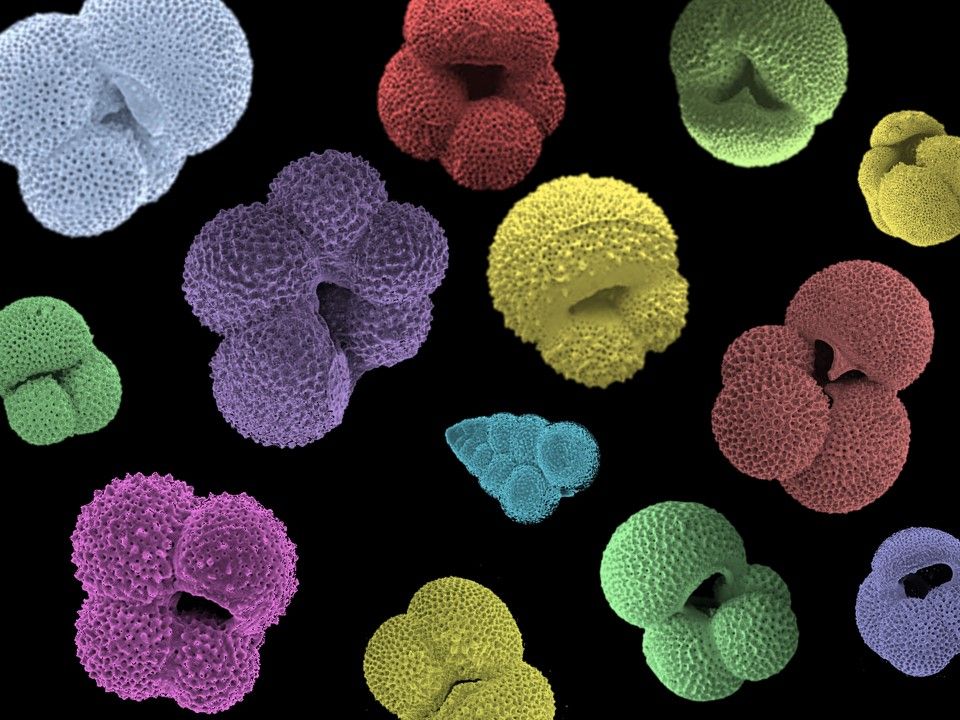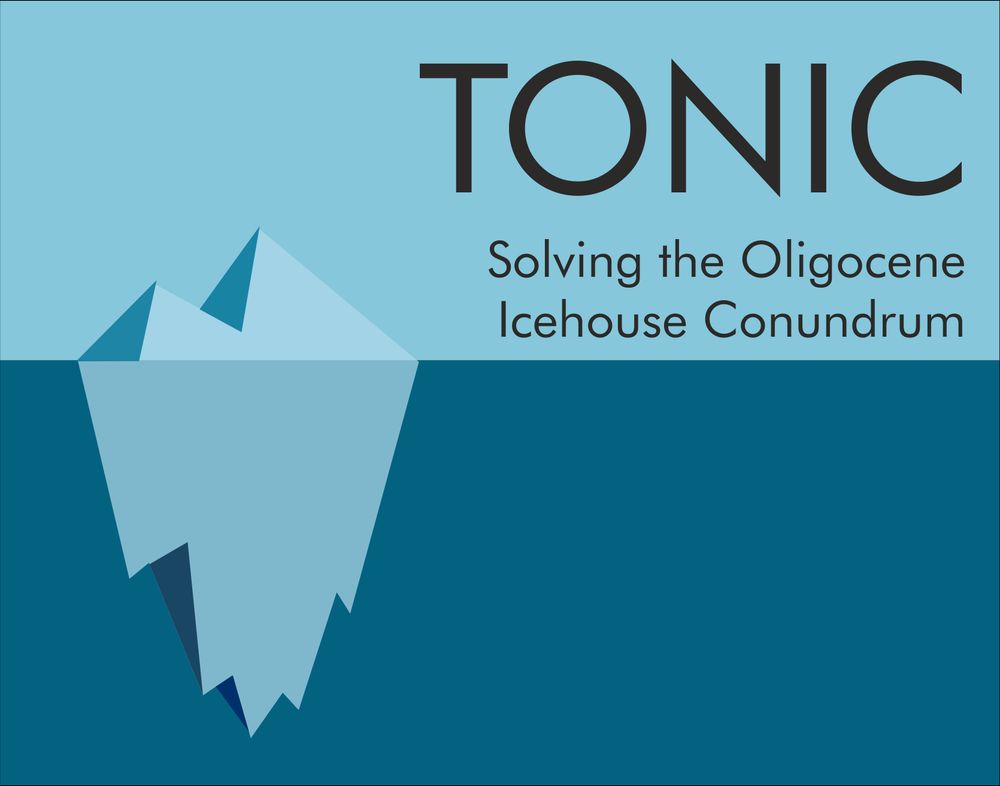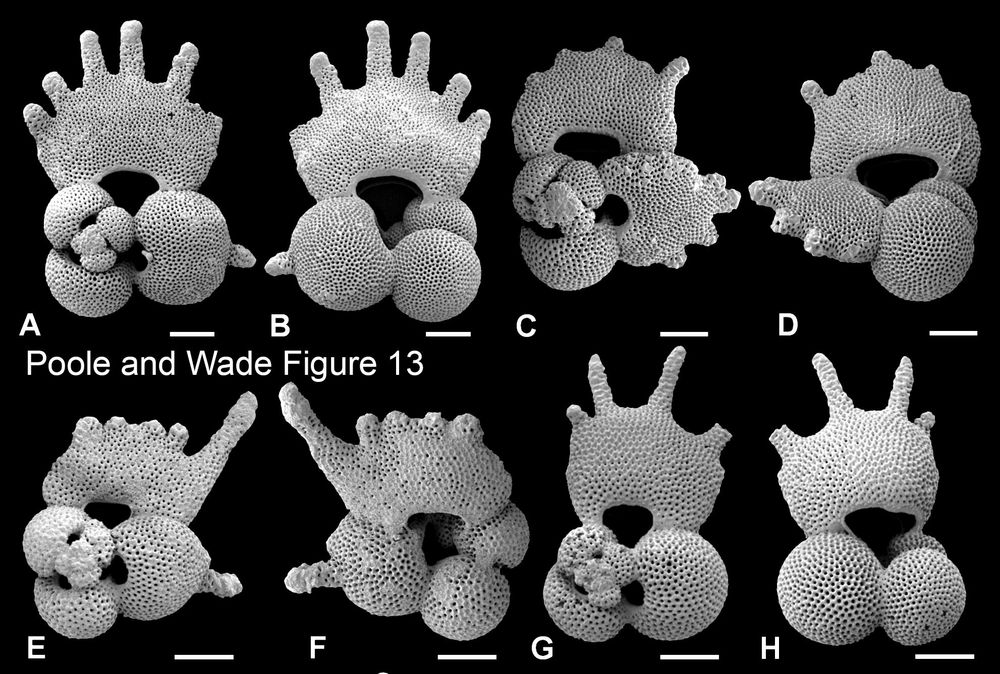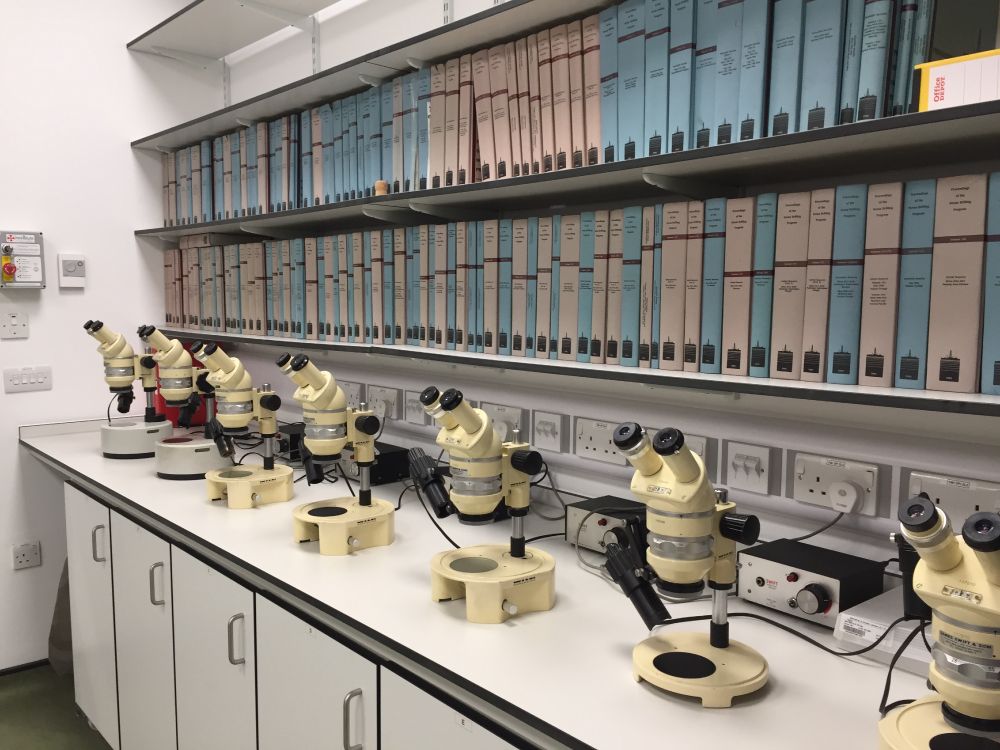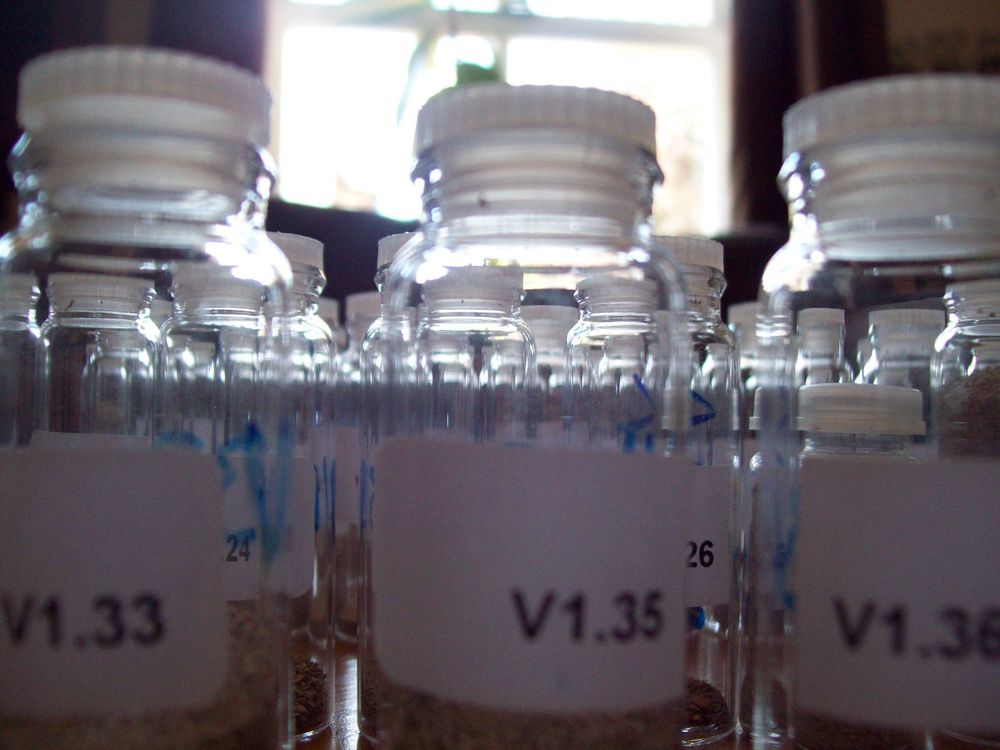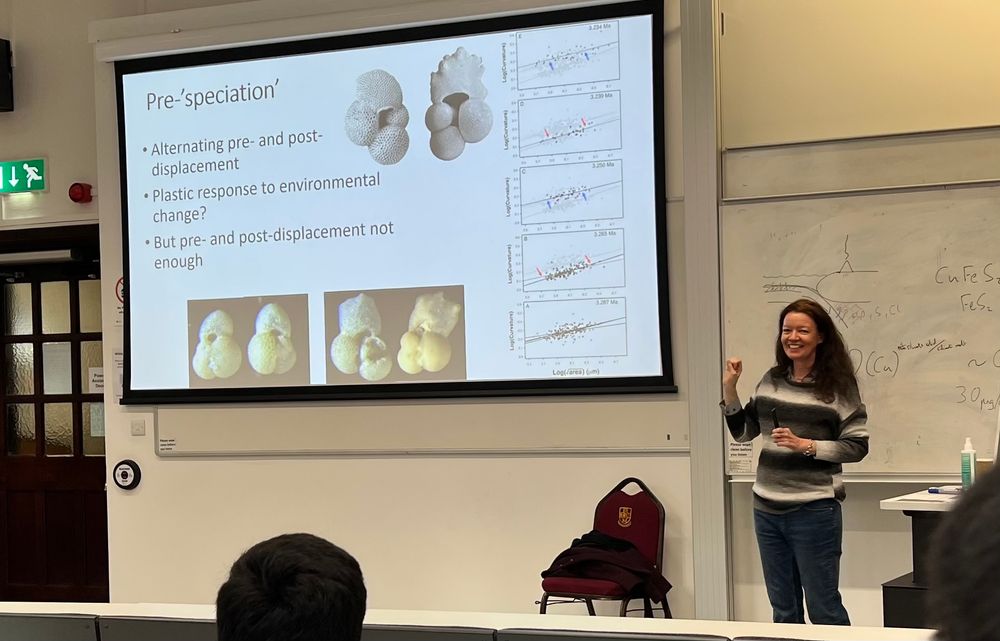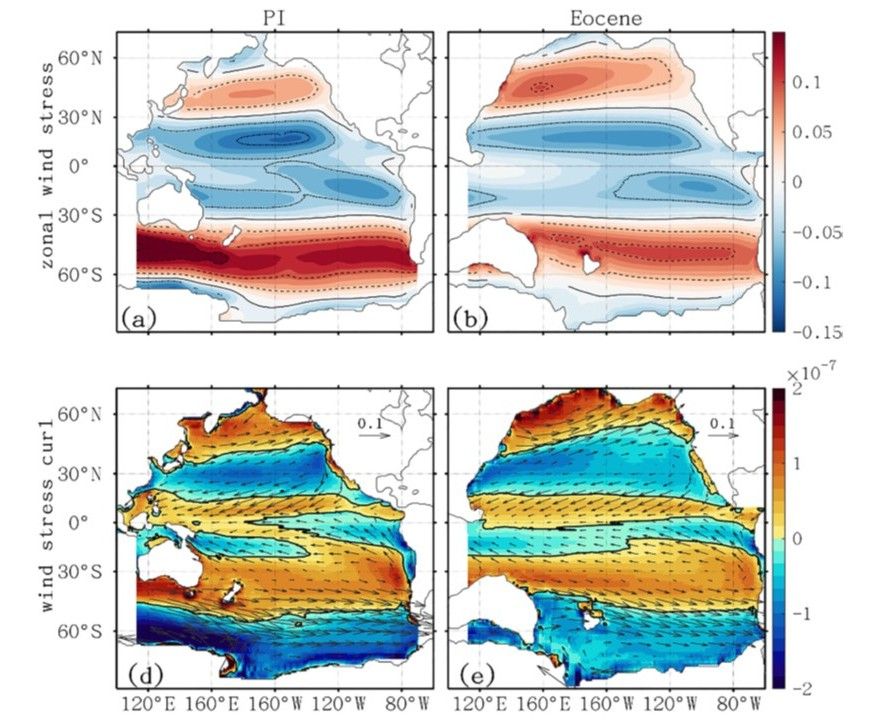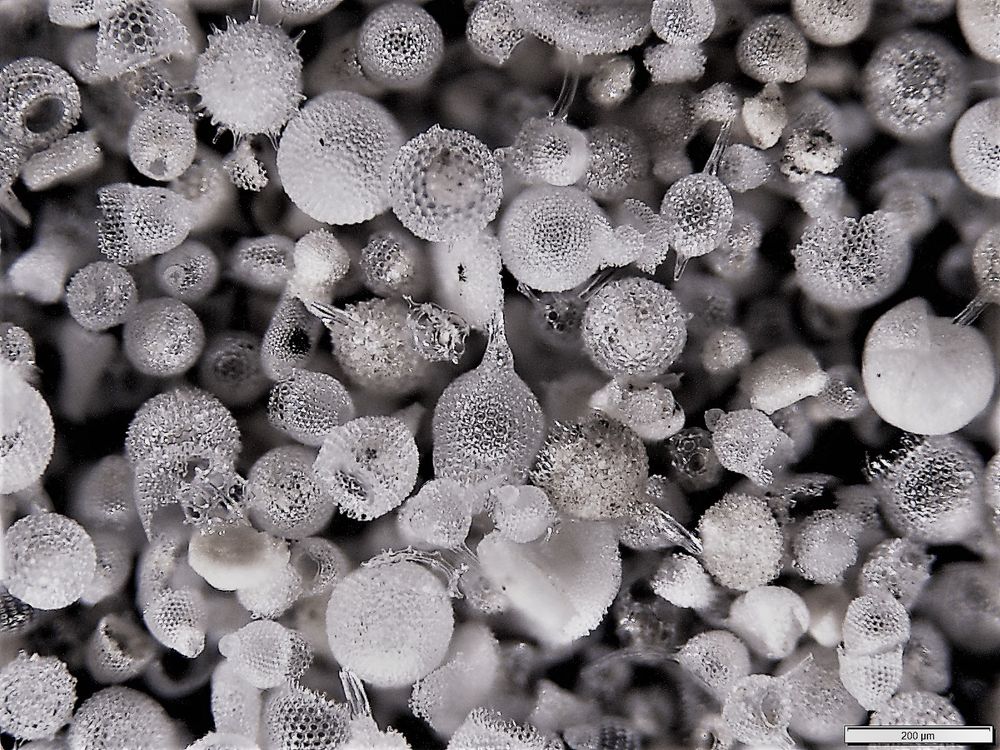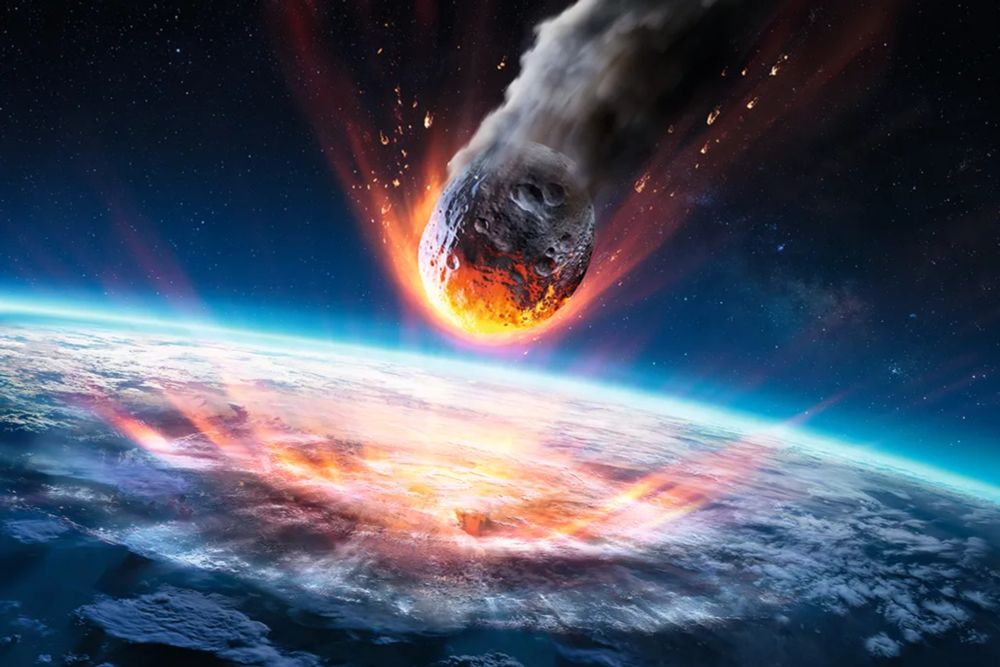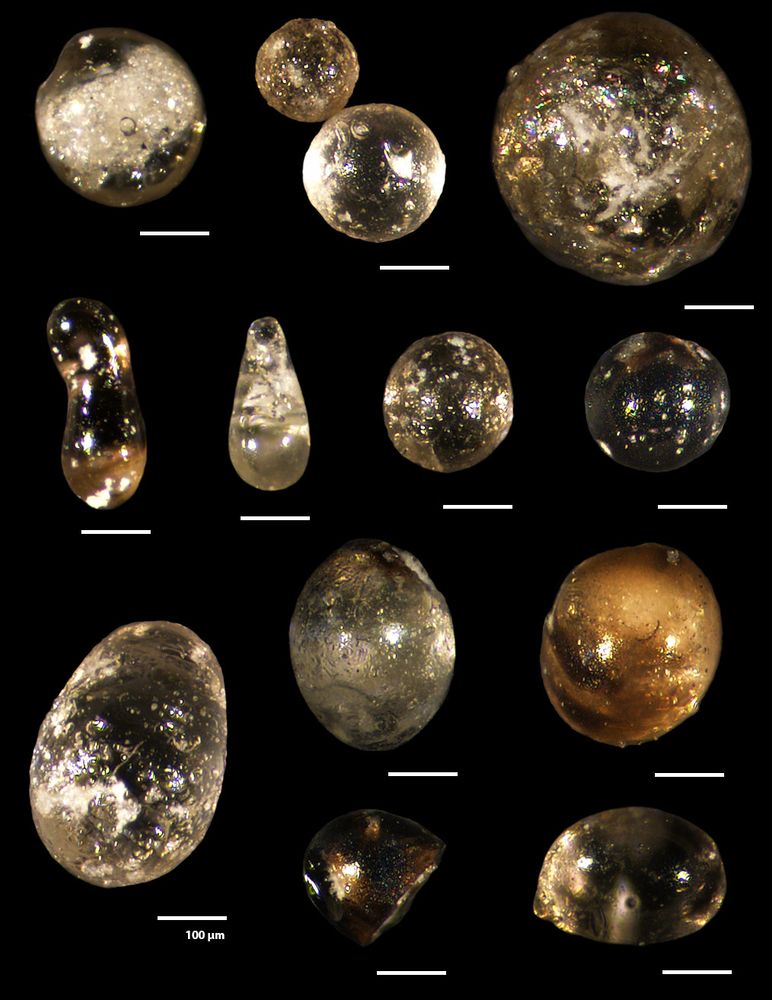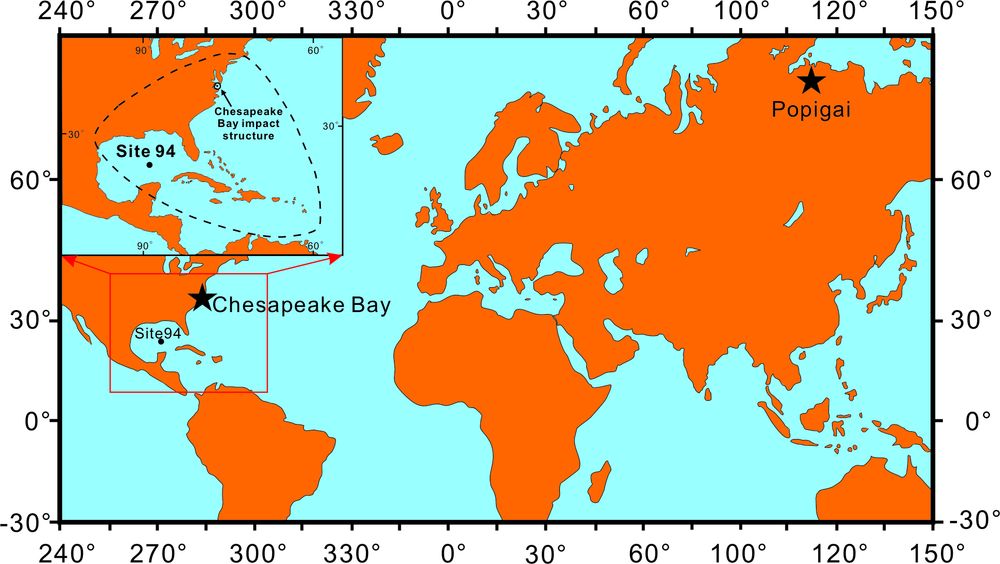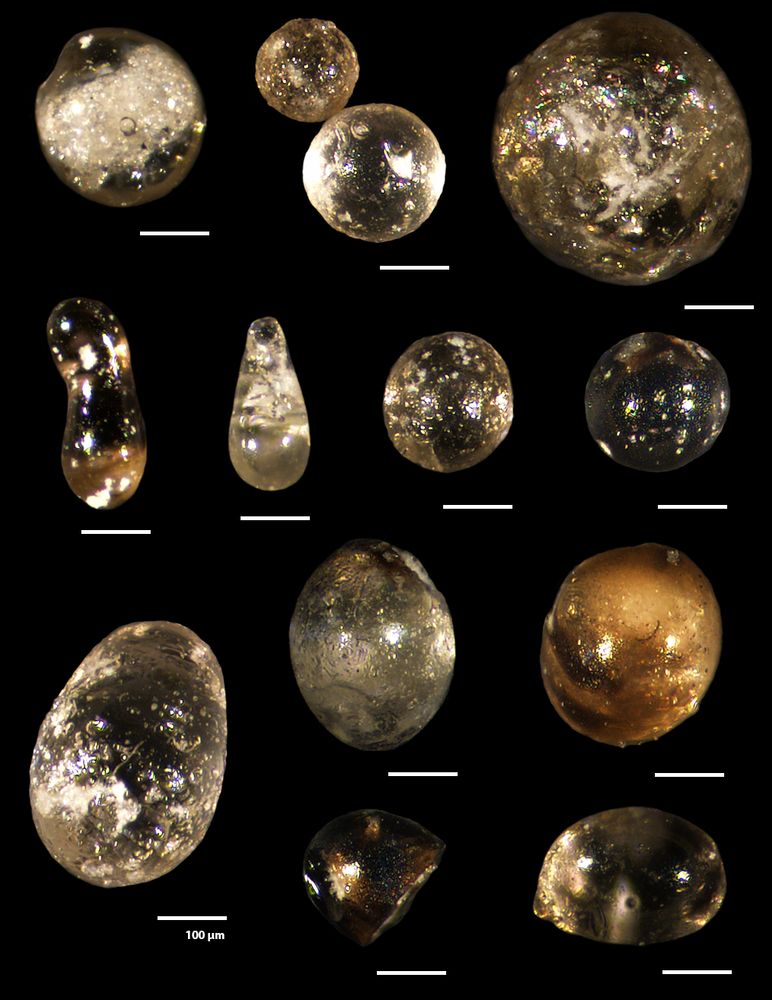Posts
Media
Videos
Starter Packs
Bridget Wade
@bridgetwade.bsky.social
· Jun 4
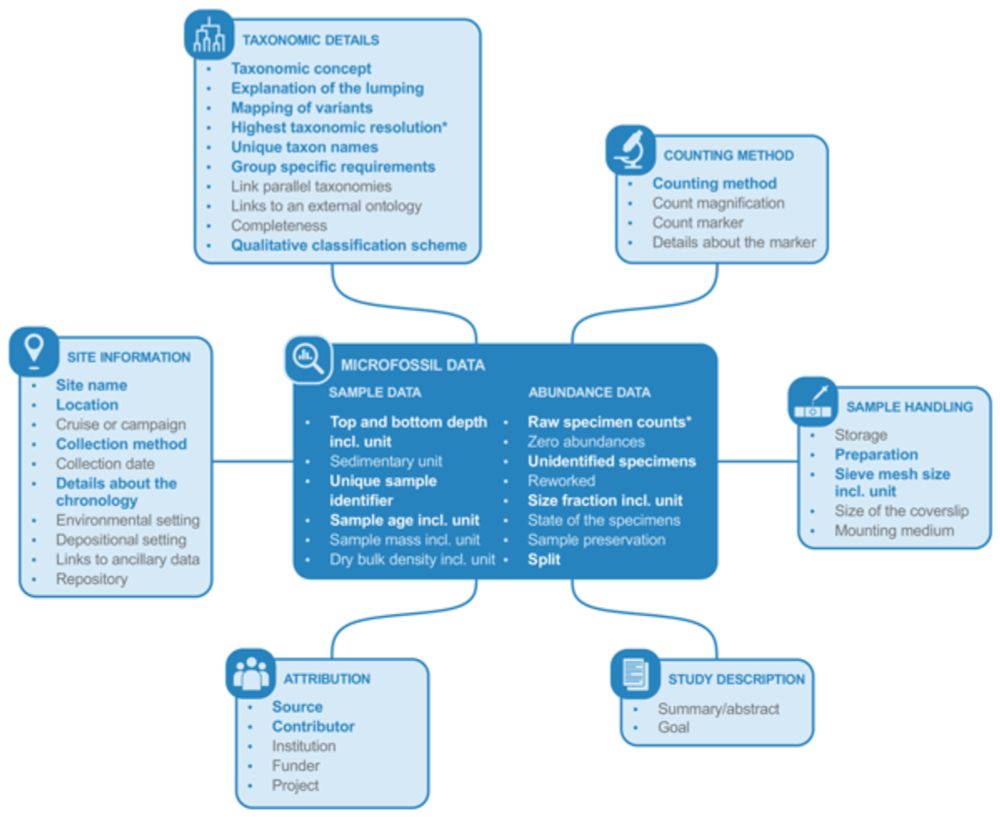
Community guidelines to increase the reusability of marine microfossil assemblage data
Abstract. Data on marine microfossil assemblage composition have multiple applications. Initially, they were primarily used for (chrono)stratigraphy and palaeoecology, but these data are now also wide...
doi.org
Bridget Wade
@bridgetwade.bsky.social
· May 15

Onset of strong Iceland-Scotland overflow water 3.6 million years ago - Nature Communications
This study examines the history of North Atlantic deep-water masses, as recorded in marine sediments. Major lithological changes and increased rate of deposition reveal that stronger deep-ocean circul...
doi.org
Reposted by Bridget Wade
Bridget Wade
@bridgetwade.bsky.social
· Mar 2
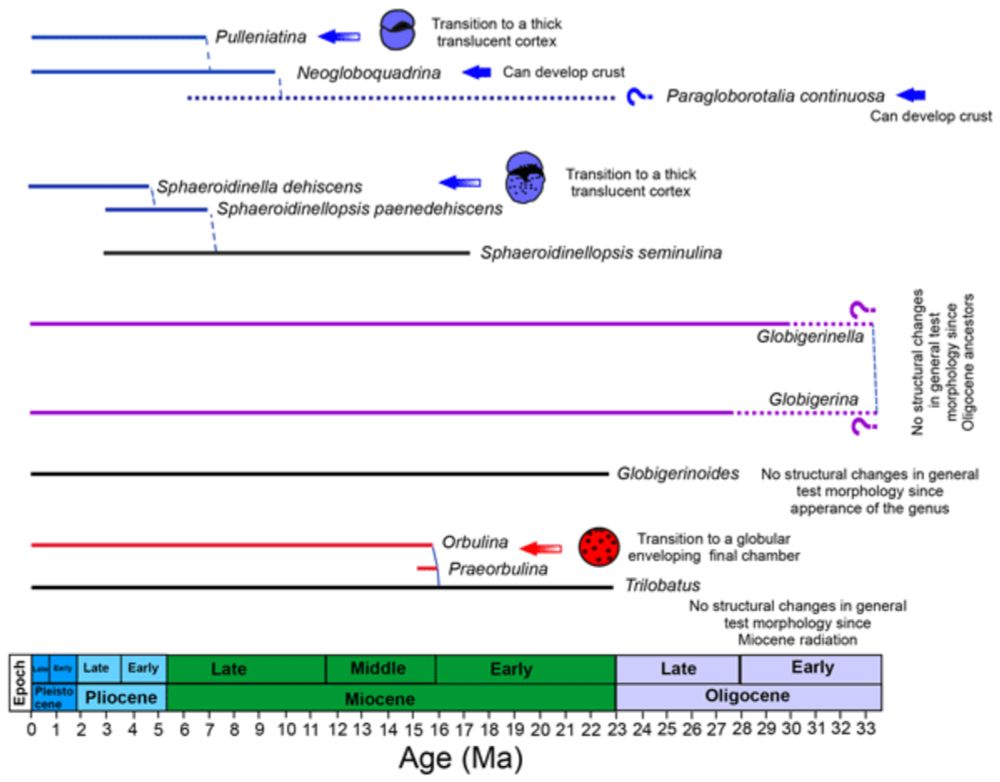
Exploring macroevolutionary links in multi-species planktonic foraminiferal Mg∕Ca and δ18O from 15 Ma to recent
Abstract. The ratio of the trace element Mg over Ca (Mg/Ca) and the oxygen isotopic composition (δ18O) of foraminiferal calcite are widely employed for reconstructing past ocean temperatures, although...
doi.org
Reposted by Bridget Wade
Reposted by Bridget Wade
Reposted by Bridget Wade
Reposted by Bridget Wade
Reposted by Bridget Wade
Reposted by Bridget Wade
Trees DLA
@treesdla.bsky.social
· Dec 6
Reposted by Bridget Wade
Bridget Wade
@bridgetwade.bsky.social
· Nov 14
Reposted by Bridget Wade
Trees DLA
@treesdla.bsky.social
· Nov 14
Reposted by Bridget Wade
Sonia Chaabane
@soniachaabane.bsky.social
· Nov 13
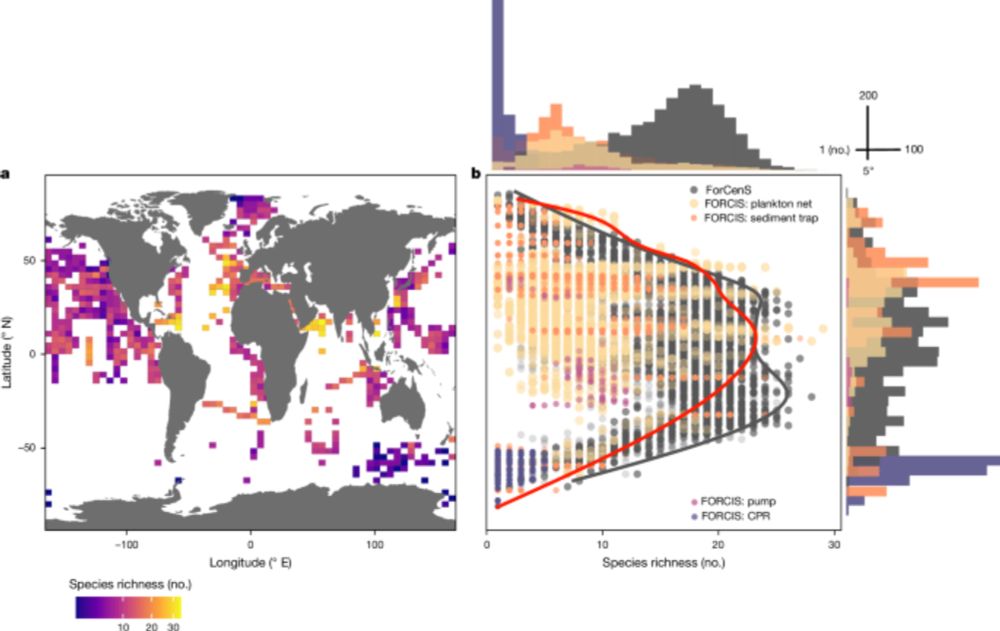
Migrating is not enough for modern planktonic foraminifera in a changing ocean - Nature
Low-latitude planktonic foraminifera are coping with rapid ocean warming, acidification and nutrient shifts by migrating to deeper water-column depths or polewards, displacing higher-latitude species ...
www.nature.com

